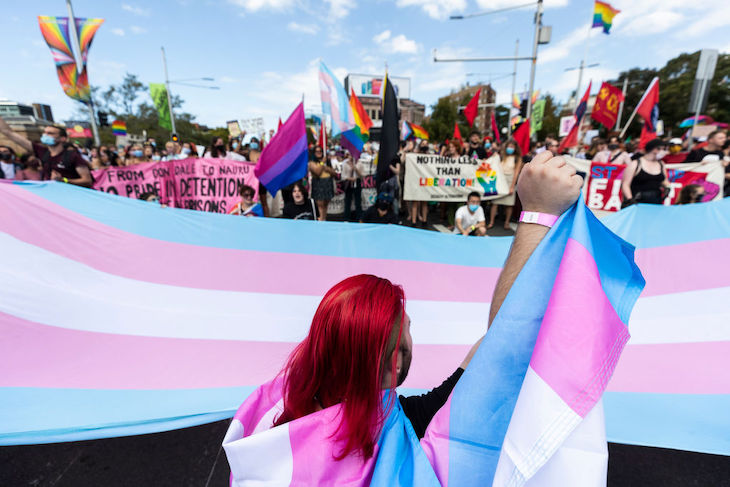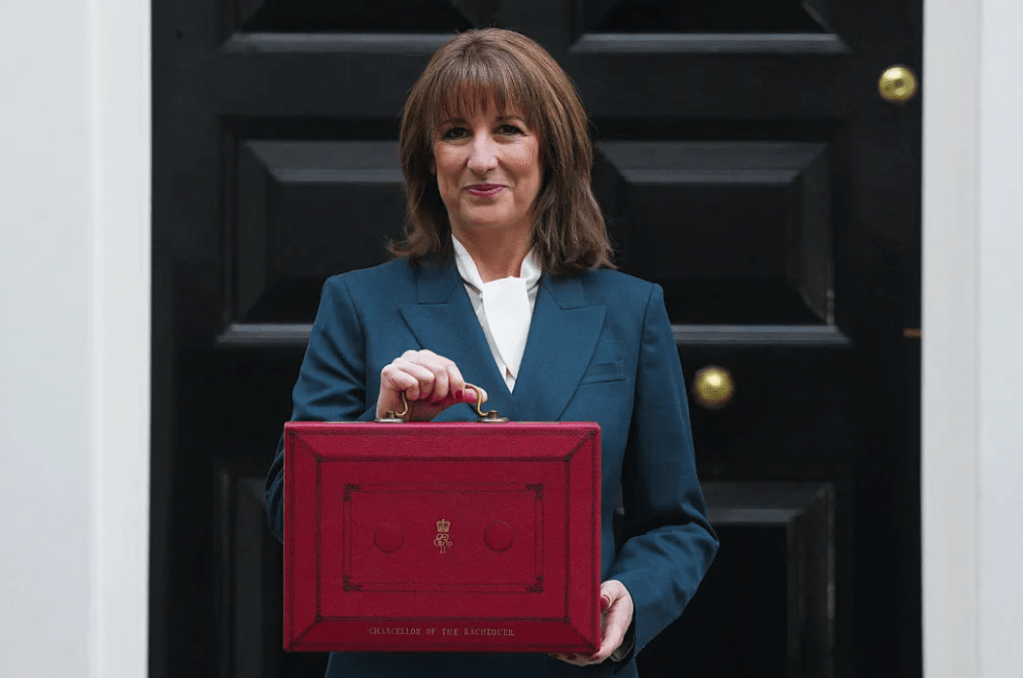The Office for National Statistics (ONS) has finally admitted that the 2021 census figures on the transgender population of England and Wales are irredeemably flawed. They no longer count as ‘accredited official statistics’. This is the first time that data from the decennial census – the backbone of British statistics since 1801 – has been downgraded.
This humiliating climb-down came just a week before the Office for Statistics Regulation published its final review on these statistics. This review had been provoked by my critique of the census transgender figures, publicized in the Spectator last year. Until now, the ONS has brushed aside criticism from sociologists such as myself and Alice Sullivan, and from human rights campaigners like Maya Forstater of Sex Matters and Nicola Williams of Fair Play for Women.
We all deserve accurate national statistics, whether we identify as transgender or not
The 2021 census was the first to collect data on transgender people and on gays, lesbians, and bisexuals. The question on sexual orientation was clear, and so has provided valuable information to social scientists and policymakers. The transgender question, however, was very different. Rather than asking something straightforward like ‘Are you transgender?’ the ONS chose a convoluted formulation: ‘Is the gender you identify with the same as your sex registered at birth?’
When the results were released in January 2023, they were obviously not credible. According to the census, the London boroughs of Brent and Newham were home to higher proportions of transgender people than Brighton and Oxford. One in every 67 Muslims was transgender. At my request, the ONS cross-tabulated this question with a question on English proficiency. Those who spoke English ‘not well’ or ‘not well at all’ were most likely to be counted as transgender: 2.2% of them, compared to 0.4% of those whose main language was English (or Welsh in Wales).
Why did the ONS choose such a peculiar question? My research traced the origin back to a transgender campaigning group, Press for Change. In 2007 it recommended asking ‘Is your gender identity the same as the gender you were assigned at birth?’ Press for Change warned against asking respondents whether they are transgender because ‘Different trans people describe themselves with different labels and what one person adopts happily [sic] offends another’. The question wording was subsequently adopted by the LBGT lobby group Stonewall. It fretted that simply asking respondents whether they are transgender would not capture those ‘who have transitioned but do not consider trans to be a part of their identity’.
This question was tested by NatCen (a not-for-profit research organization) in 2011. Their transgender focus group ‘accepted that non-trans people would not understand the question, especially if first language [sic] was not English’. One of the groups derided the question for its ‘ridiculous trans lingo’ associated with ‘queer academia’. NatCen therefore rejected the question.
This previous work was ignored by ONS in preparation for the 2021 census. It evaluated alternative questions ‘via community testing at LGBT History Month events’. Attendees at such events would have been familiar with the concept of ‘gender identity’ and the theory that this identity varies independently of sex. Such a select group, however, was not representative of the whole population. The statisticians apparently did not consider whether the question was comprehensible to people outside the professional-managerial class, especially those whose English was poor. And they never asked whether respondents confused by the question would be inclined to answer ‘no’ by default – thus inadvertently being counted as transgender.
Even after the flagship journal of the British Sociological Association published my research, the ONS refused to admit error. Their position finally became untenable after the results of the 2022 Scottish census were released in June. This census asked a clearer question, ‘Do you consider yourself to be trans, or have a trans history?’ In Scotland, the proportion of adults who answered affirmatively was 0.44%. This is significantly lower than the 0.54% in England and Wales who answered that their gender identity was not the same as their natal sex.
More importantly, the anomalies in England and Wales did not appear in Scotland. People who spoke poor English were not much more likely to be classified as transgender. My analysis also compares that the proportion of trans adults across the 650 Westminster parliamentary constituencies with the proportion who signed a pro-transgender petition. In Scotland there is strong positive correlation, as we would expect. The correlation in England and Wales, by contrast, is suspiciously low.
The damage wrought by the ONS is not confined to the 2021 census. The census question has become the standard for surveys in England and Wales. The annual GP Patient Survey, for example, adopted this question in 2021. I have shown that it generates the same absurd results: 1 in 53 Muslims are transgender. After BMJ Open published an article on the health of the transgender population using this survey, I submitted a comment warning about problems with the data. The journal refused to post it. A subject access request subsequently revealed the editor’s reason for rejecting my comment: ‘He’s known for being transphobic’.
The Office for Statistics Regulation acknowledges that ‘ONS’s defensiveness has created an impression of bias’, but it ‘found no evidence of this’. It is unclear how hard the regulator searched for such evidence. The ONS had a longstanding relationship with Stonewall, paying the lobby group to train its staff to become ‘Trans Allies’. After its releasing its own report addressing my criticisms, the Director of Population Statistics wrote apologetically to its internal LGBTQ+ and Allies Network ‘to reaffirm our commitment to providing an inclusive workplace in ONS where everyone can feel safe’, noting that senior leaders had consulted the Network to gain ‘insights into the experiences of our trans colleagues’.
Apparently the ONS focused more on helping its staff ‘feel safe’ rather than collecting robust and reliable data for the public. We all deserve accurate national statistics, whether we identify as transgender or not.






Comments